Key Takeaways
- Healthy buildings improve indoor air quality, reduce environmental impacts, and enhance occupant well-being.
- Green building practices can result in significant cost savings and better health outcomes.
- Advanced technology and sustainable materials are pivotal in designing healthy urban spaces.
- Community-centric design fosters social well-being and communal resilience.
Introduction to Healthy Buildings
Urban living is profoundly transforming as the focus shifts towards healthy buildings. From significantly reducing carbon footprints to drastically improving the quality of life for occupants, these buildings embody a forward-thinking approach to sustainable and holistic urban development. The rise of healthy building systems is at the forefront of this movement, offering innovative solutions prioritizing environmental and human wellness. This shift isn’t just a trend; it represents a fundamental change in how we think about urban spaces and their impact on our lives.
What Defines a Healthy Building?
Healthy buildings prioritize their inhabitants’ well-being through eco-friendly materials, optimized air and water quality, and advanced technologies. They aim to create an environment that is sustainable and conducive to physical and mental health. This is achieved through various factors, including low-emission paints, energy-efficient lighting, and natural ventilation systems. These structures incorporate holistic approaches that address multiple aspects of human health and environmental impact, going beyond the minimum energy efficiency requirements. The result is the creation of living environments that are healthier and more sustainable.
Additionally, these buildings often include features such as noise reduction technologies and intelligent controls for personalized comfort, further enhancing the quality of life for their occupants. By adopting rigorous standards for indoor environmental quality and sustainability, they set a new benchmark for the future of urban development. As the focus on health and sustainability continues to grow, the principles behind healthy buildings will likely become integral to building design and construction practices globally.
The Role of Technology in Healthy Buildings
Cutting-edge technology plays a crucial role in the evolution of healthy buildings. Some examples are intelligent sensors, advanced ventilation systems, and energy-efficient designs. Emerging tech solutions are crucial for sustainable urban development. These technologies help monitor indoor environmental quality and energy consumption, ensuring that the buildings are as efficient and beneficial to occupants as possible. Innovations like real-time air quality monitoring, automated temperature control, and intelligent lighting systems contribute to creating healthier indoor environments that respond to the needs of those who use them.
Furthermore, integrating these technologies allows for proactive maintenance and swift adjustments to maintain optimal conditions, reducing the likelihood of issues impacting occupant health. The data collected from these systems can also improve building performance and continuously inform future design innovations. As technology advances, its integration into building design will be essential for meeting the evolving standards of health, efficiency, and sustainability in urban environments.
Environmental and Economic Benefits
Investing in healthy buildings can yield substantial economic and environmental benefits. The benefits are decreased energy use, lower maintenance expenses, and increased property value. Moreover, research highlights that green buildings can significantly reduce greenhouse gas emissions, contributing to global environmental goals. These buildings often pay for themselves over time through savings on energy bills and other operational costs. In addition to the economic benefits, the reduced environmental impact helps cities meet sustainability targets, making healthy buildings a win-win for developers, occupants, and the planet.
Designing for Health and Well-being
Design elements such as ample natural lighting, green spaces, and ergonomic setups are vital in promoting health and well-being. These characteristics improve a building’s visual appeal and help its occupants live healthier and more productive environments. According to studies, access to natural light can boost mood and vitality, and green spaces can lower stress and promote physical activity. By focusing on these design principles, architects and builders can create spaces that support their occupants’ physical and mental health. Integrating biophilic design elements, which connect occupants with nature, has enhanced overall well-being and productivity in work and living spaces.
Additionally, incorporating features like adjustable lighting and ventilation systems allows for personalized comfort and better control of indoor environments. Using sustainable materials and energy-efficient technologies further contributes to healthier indoor air quality and reduces the building’s environmental footprint. As the demand for healthier, more sustainable buildings grows, adopting these design principles will benefit individual occupants and contribute to the broader goal of creating more resilient and livable urban spaces.
Community-Centric Approaches
A healthy building should also consider community aspects. Spaces designed for social interaction, community gardens, and recreational areas help foster a sense of belonging and communal resilience. These elements are essential for creating sustainable urban habitats. For instance, community gardens can provide local food sources and community cohesion, while social interaction spaces can enhance social well-being and reduce feelings of loneliness. Urban planners and developers can create more robust, more resilient communities by designing buildings with these communal aspects in mind. These spaces encourage social interactions, foster community ties, and enhance the overall quality of urban life.
Conclusion
As urban landscapes evolve, the focus on healthy buildings is more pertinent than ever. By integrating eco-friendly materials, advanced technology, and community-centric designs, we can create sustainable urban spaces and enhance the well-being of their inhabitants. The future of urban living lies in adopting and adapting these innovative and health-focused building practices. As we embrace these changes, we move closer to a world where our built environments contribute positively to our health, happiness, and overall quality of life, setting a new standard for urban living. Incorporating improved air quality systems, natural lighting, and green spaces within buildings also plays a crucial role in fostering a healthier living environment. Additionally, advancements in intelligent building technologies can optimize energy use, reduce waste, and enhance comfort, making urban spaces more efficient and environmentally friendly. By prioritizing these elements, we address the immediate needs of urban residents and ensure a sustainable future for generations to come.


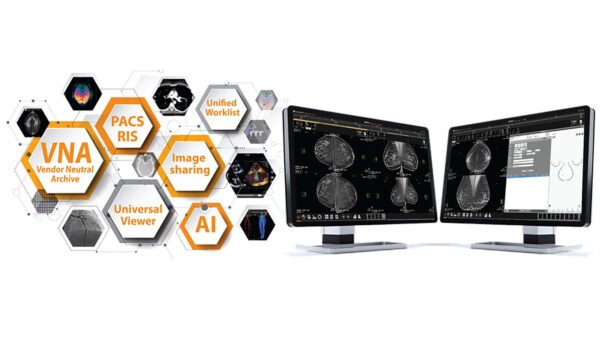
























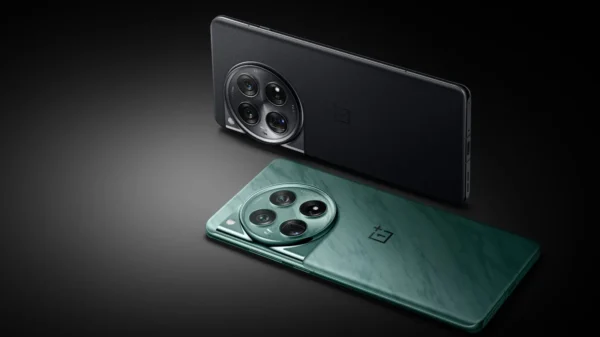





























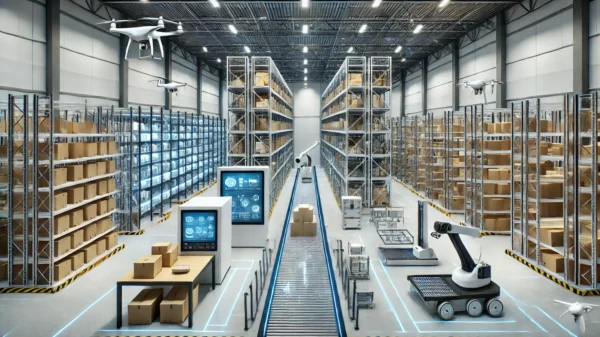

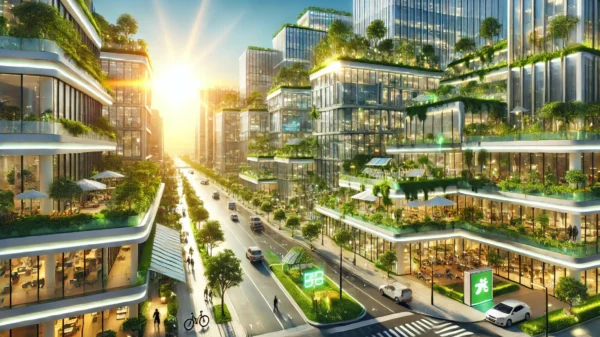




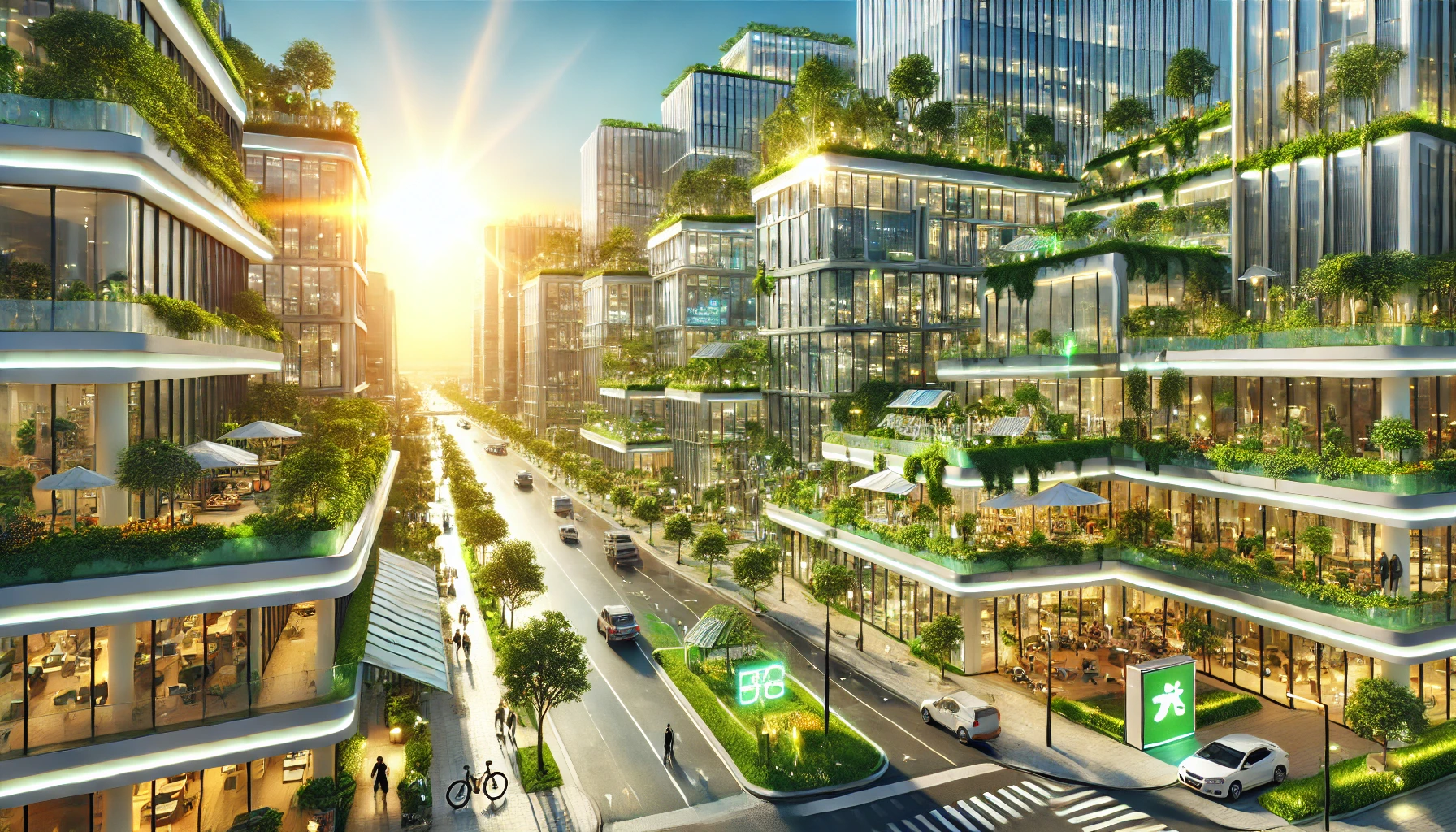






Pingback: Discover Your Musical Identity: The Ultimate Spotify Personality Test Explained